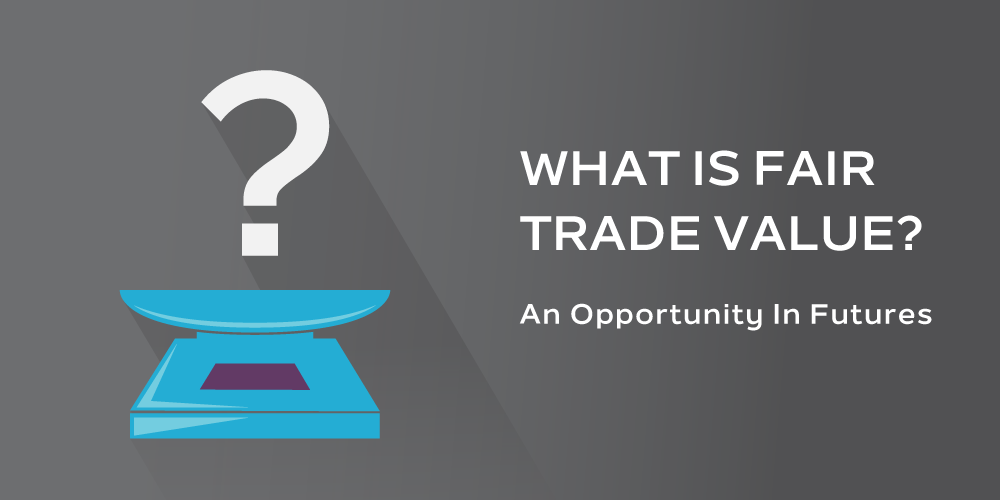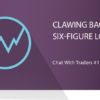
One of the advantages of the futures markets is the opportunity to trade at nearly 24 hours. Global inputs or news outside of normal stock market hours can be digested immediately in the highly traded stock index contracts on the S&P 500, Dow Jones and the Nasdaq 100 tech measure.
Think about it: a trading day begins on the other side of the world in Asia as Japan kicks things off near dinner time for US residents. Next up is Europe with the middle of the night open running until the 10am hour in North America.
The US stock markets trade 9:30am to 4pm New York time, making up for lost ground when the machines were turned off. The gap moves higher or lower and adjustment to whatever happened in the interim.
Stock index futures flow throughout providing indication of what has been distilled by market participant in the “down time”.
They trade the daily session longer than the cash stock market and take in afternoon news and information accordingly. It is not uncommon for the futures to tack on gains or losses greater than the cash session with the future forward factor.
A fair value opening call is designed to tell everyone where the market should start, when it starts. Remember the cash market may also be adjusting to the previous futures session extended hours.
It is also the relationship between the S&P cash with borrowing cost to own the shares including dividends against the S&P futures. The FV calculation that appears on TV has two components to determine the open.
Take the futures price change and subtract the FV to get cash open call.
Where prices go after the open is a whole different ball game.










